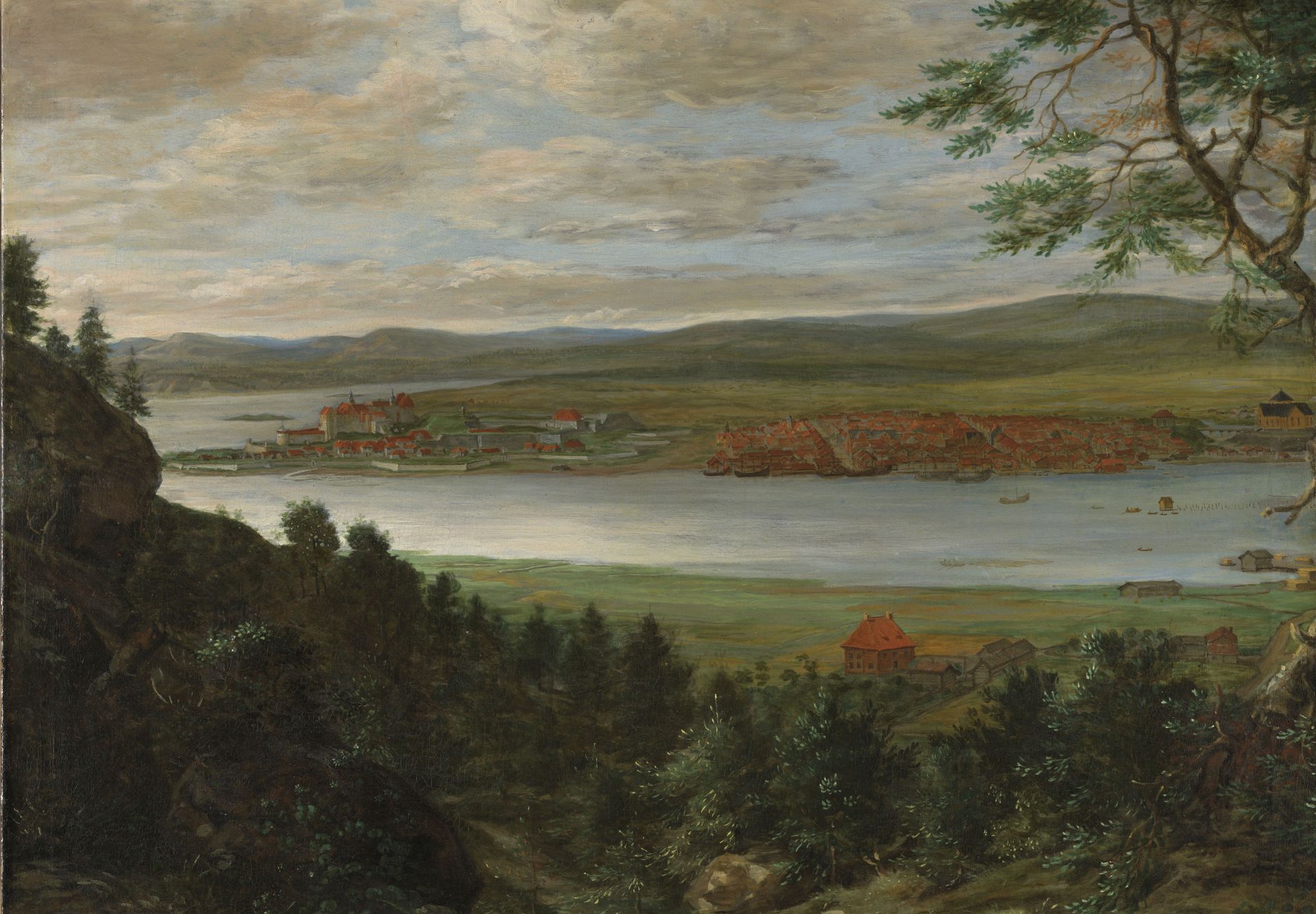
In August 1624, large parts of the old city of Oslo were reduced to ashes. Get to know the new city that emerged.
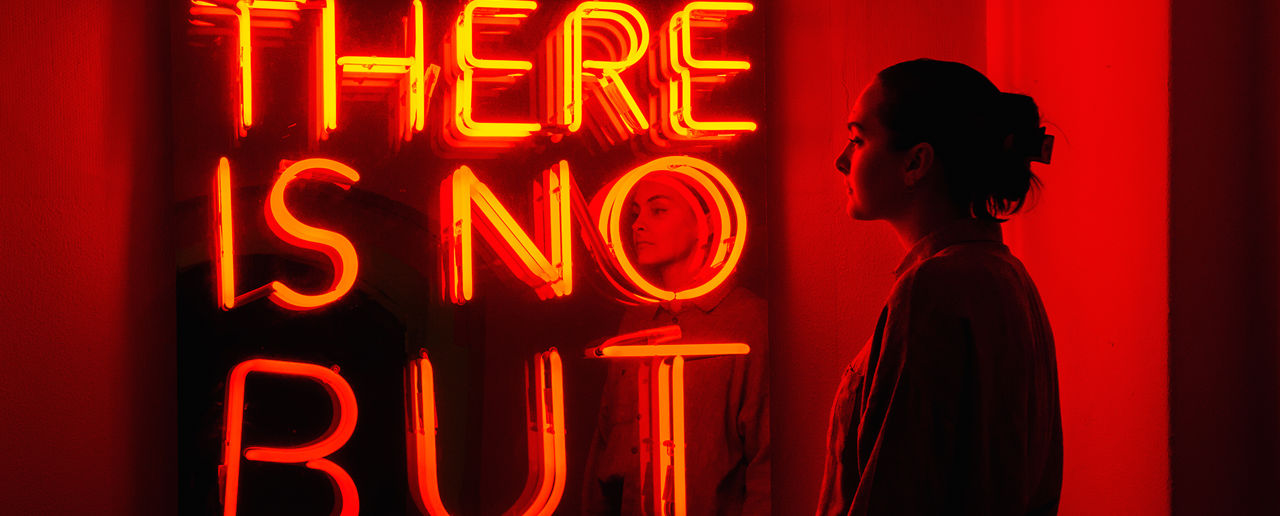
It is typical of us to have prejudices. Which ones do you have? In this exhibition you can take the pulse of your own and other people's prejudices.
Do you feel the need to categorize? You’re not the only one. Having prejudices towards people with different background than your own, people more rich or poor compared to you is quite normal.
But what is prejudice, exactly, and how are prejudices constructed? “Typical” invites you to reflect on the difference between important matters as racism, xenophobia and bias in everyday-life. We ask: Are prejudices dangerous, and is it possible to change them?
The exhibition allows you to participate in funny mind games challenging your personal prejudices.
Conceptual artist Thierry Geoffry / COLONEL contributes with his interactive artwork the “Anatomy of Prejudice”
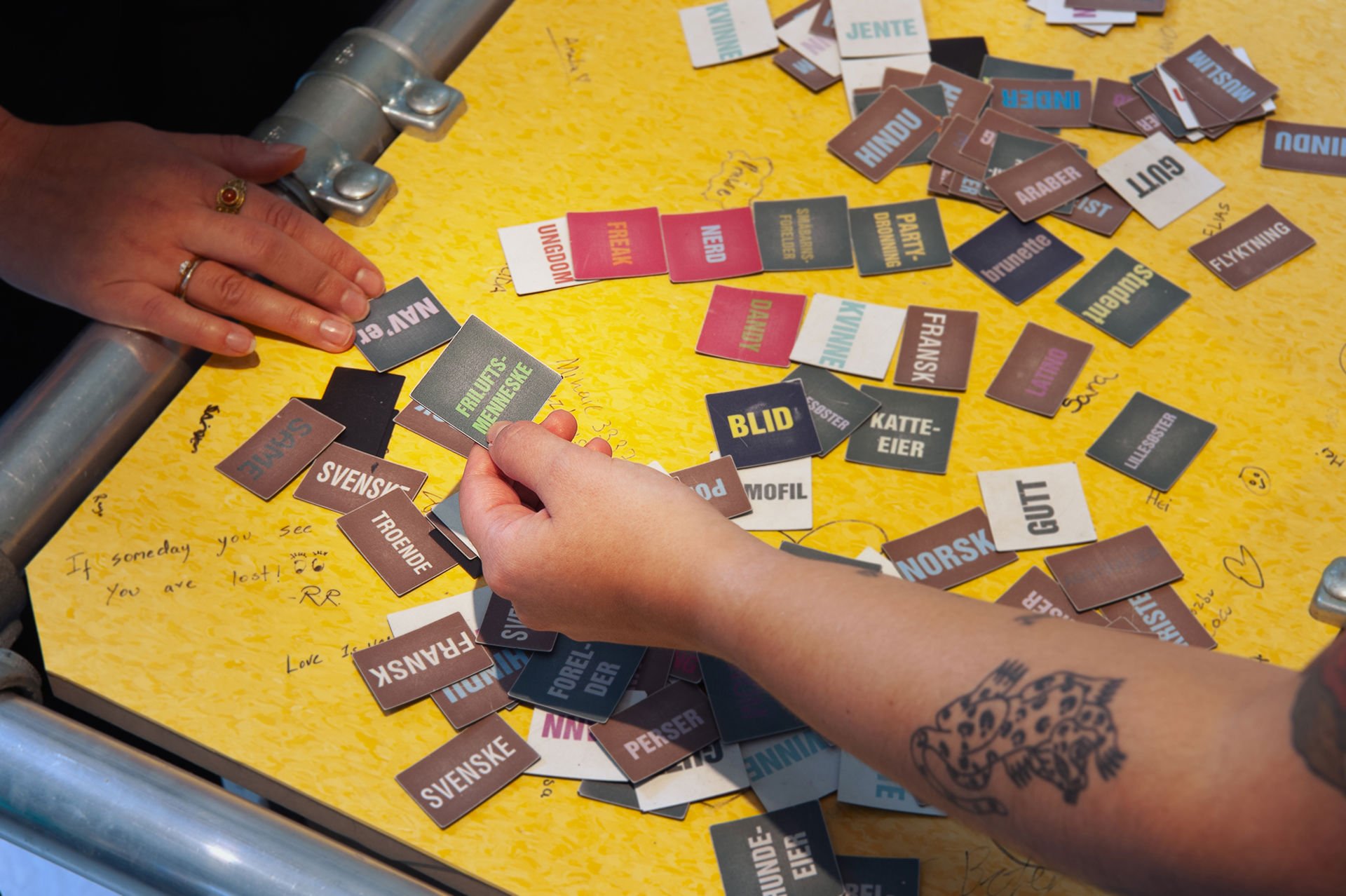
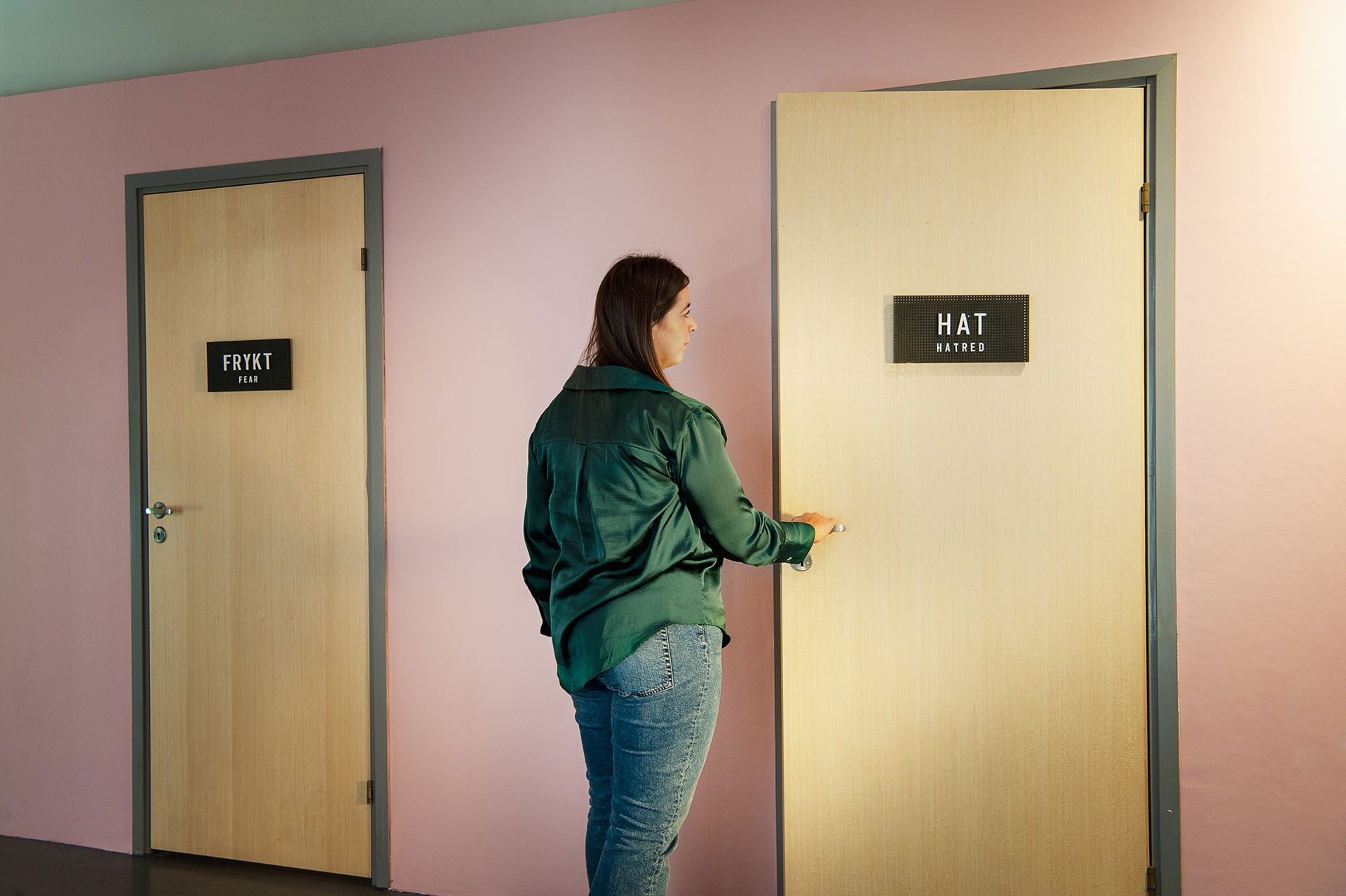
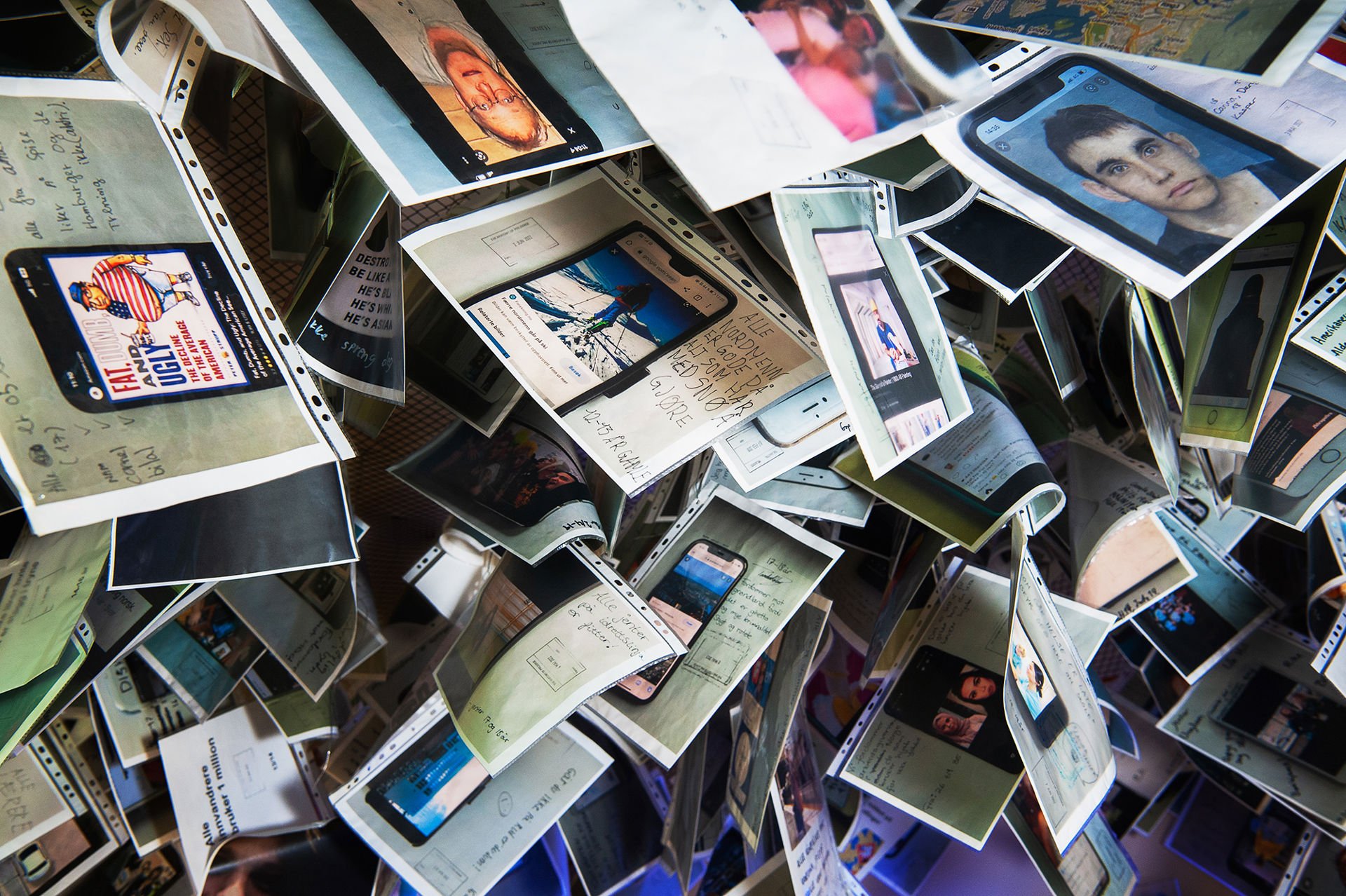
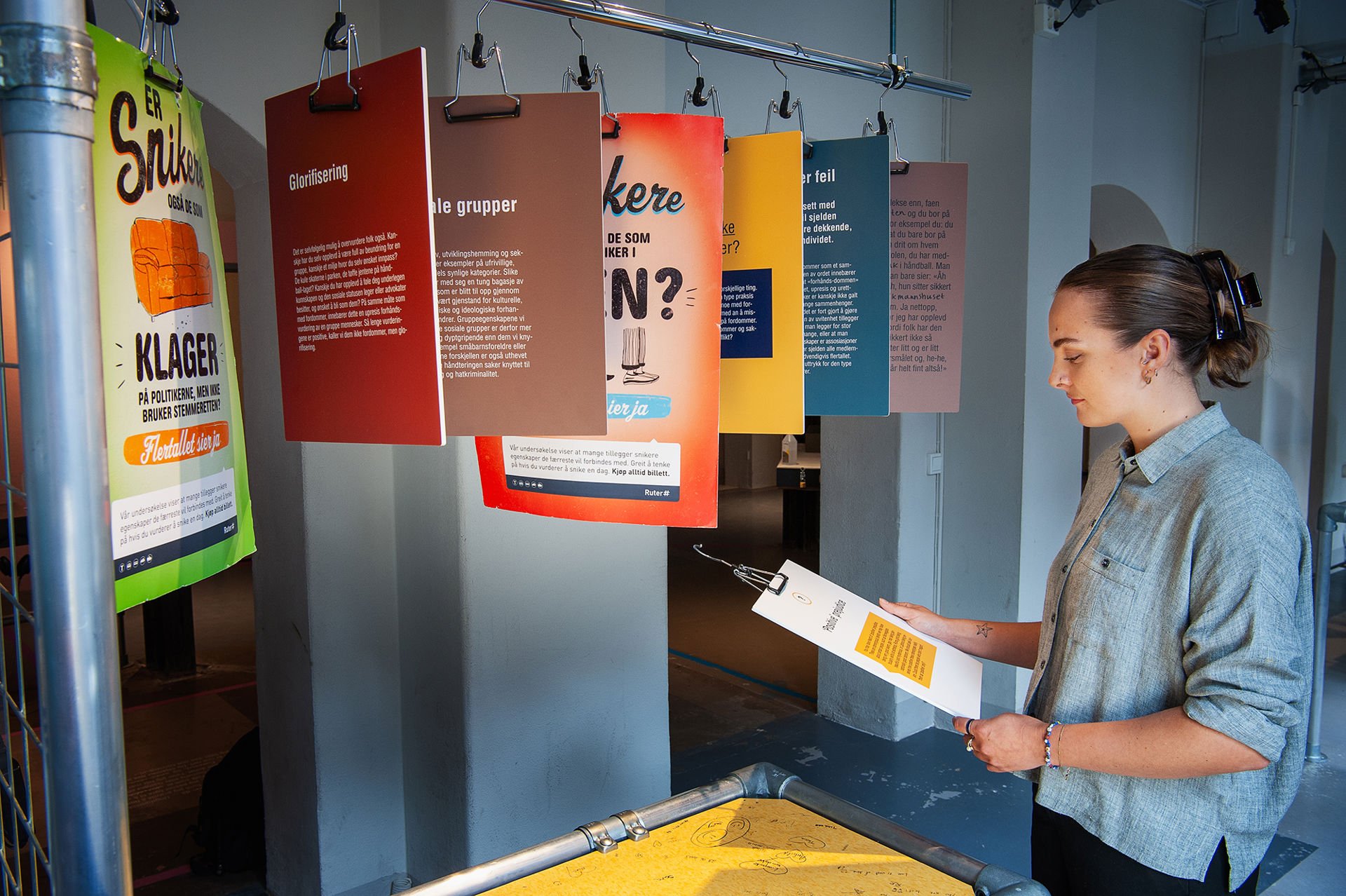
Tuesday–Sunday: 11am–4pm
Adults: NOK 60,-
Children and youth (under 26): Free admission
Free admission for one person accompanying a person with a disability.
Free admission for everyone on the first Thursday of the month.
Address: Tøyenbekken 5
Take any subway line to Grønland

The Intercultural Museum is located on the former premises of the old Grønland police station. Today, the former cells are used as unique exhibition spaces.
Through engaging exhibitions, you gain insight into current social topics, arts, and culture. Explore your own prejudices, challenge your ideas, and expand your understanding of other cultures.

In August 1624, large parts of the old city of Oslo were reduced to ashes. Get to know the new city that emerged.
Six artists based in Senegal and Norway are behind the exhibition Ndiakhass – which means patchwork in Wolof.

